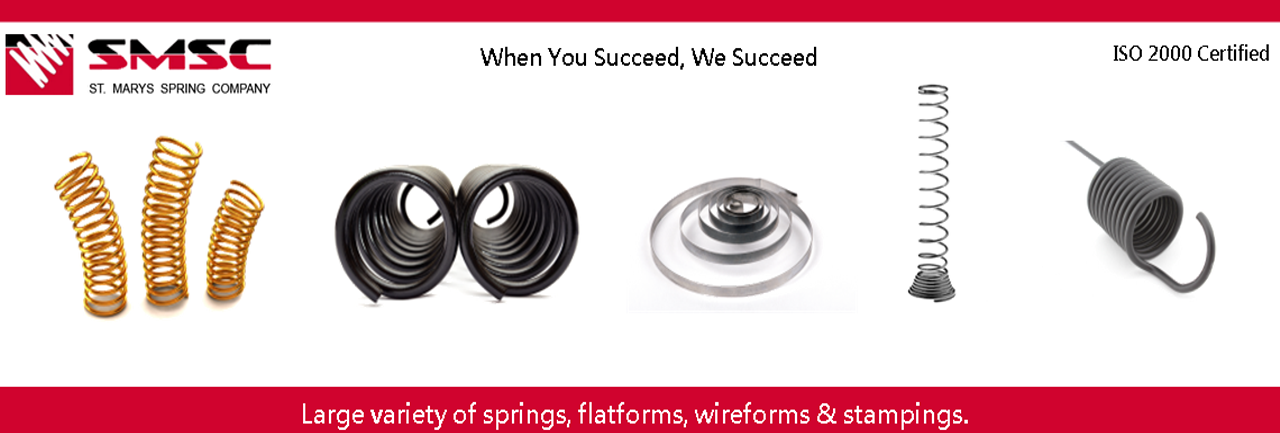A torsion spring, also known as helical spring, is a term given to a spring that can store energy when twisted or is in rotational motion. To put it simply, when the spring is twisted, it gains the ability to store energy.
Understanding Torsion Springs
Generally, you will find two types of torsion springs in applications:
- One is a bar twisted around its longest axis.
- The other type is a helical torsion spring. This spring is actually wound about its center, but still twists about its axis.
Due to the high torsional movement, torsion springs are usually constructed made from titanium, carbon and stainless steel, and beryllium copper. The spring material is chosen based on the weight of the garage door. Depending on the material, a torsion spring will have a higher energy storage capacity if the manufacturing process includes a high density ratio.
Torsion Spring Application – Garage Doors
Torsion springs are largely chosen for garage doors. Using this as an example, we can show you exactly how a torsion spring works. The spring apparatus is supported by the following components – cables, cable drums, and a torsion tube.
- The bottom of the garage door consists of brackets. The cables are attached to them.
- The cables are attached to the cable drums, which are installed alongside the door.
- The torsion tube runs along the top of the door, and is fitted inside the springs. The cable drums are tightened onto the tube.
- The header of the garage door consists of a header bracket. One end of the torsion spring is secured to the bracket.
- Two rods are placed into openings within the other spring end. The rods are used to push the spring in an upwards direction. This causes the spring to wind up, creating tension. This process is repeated until the spring is fully wound.
- Once the winding procedure is done, set screws are used to secure the spring to the torsion tube.
When the garage door is opened, the springs unwind, and wind up when the door is closed. During these actions, the spring generates power, which is passed from the tube and the drum, through the cable to the bottom of the door. Generally, springs complete one winding revolution to raise or lower the door by a foot.
Quick Tips for Installing Torsion Springs on Garage Doors
The following tips will help install torsion springs on the garage doors properly:
- Choose a suitable garage door frame.
- Place the torsion or helical torsion springs on the spring tube.
- Attach the mounting plates to the selected garage door frame.
- Attach the springs to the mounting plates.
- Install the cables of torsion springs.
- Adjust the springs using winding bars
- Carefully, test the function of the door, and make necessary adjustments if required.
Words of Warning
The following things must be kept in mind while working with heavy duty torsion springs.
- These springs can be detrimental if not installed or handled properly. Hence, it is recommended to get them installed by an experts or only attempt if you have right type of tools.
- The springs are designed according to the weight of the door. If the weight of the door is increased by a few pounds, then the springs must be replaced.
- The springs also need to be of the right size. If not, then the door will end up being either too light or too heavy. This can also hinder spring performance.
So the next time you decided to use torsion spring for your garage door, keep these points in mind. If you unsure about installing the spring yourself, then contact a professional, or your spring manufacturer.
